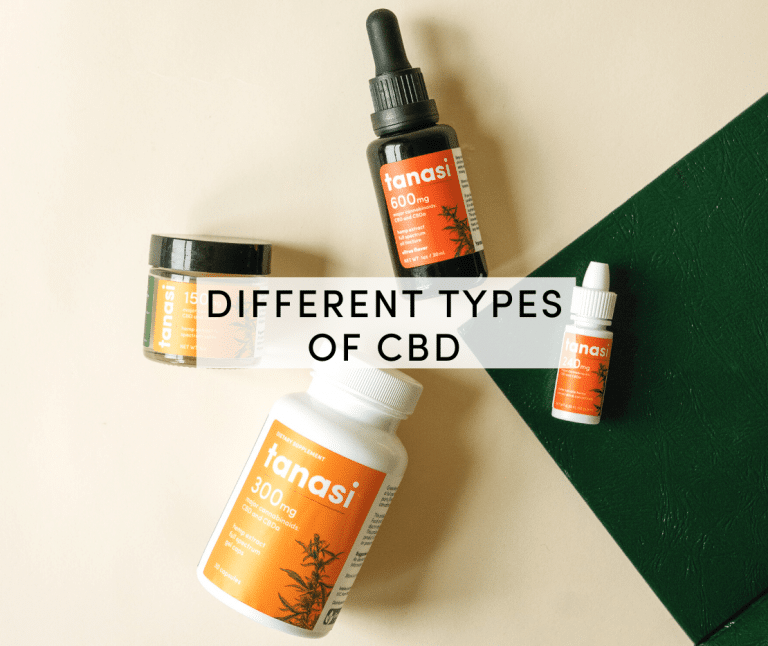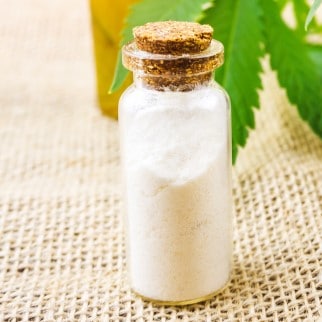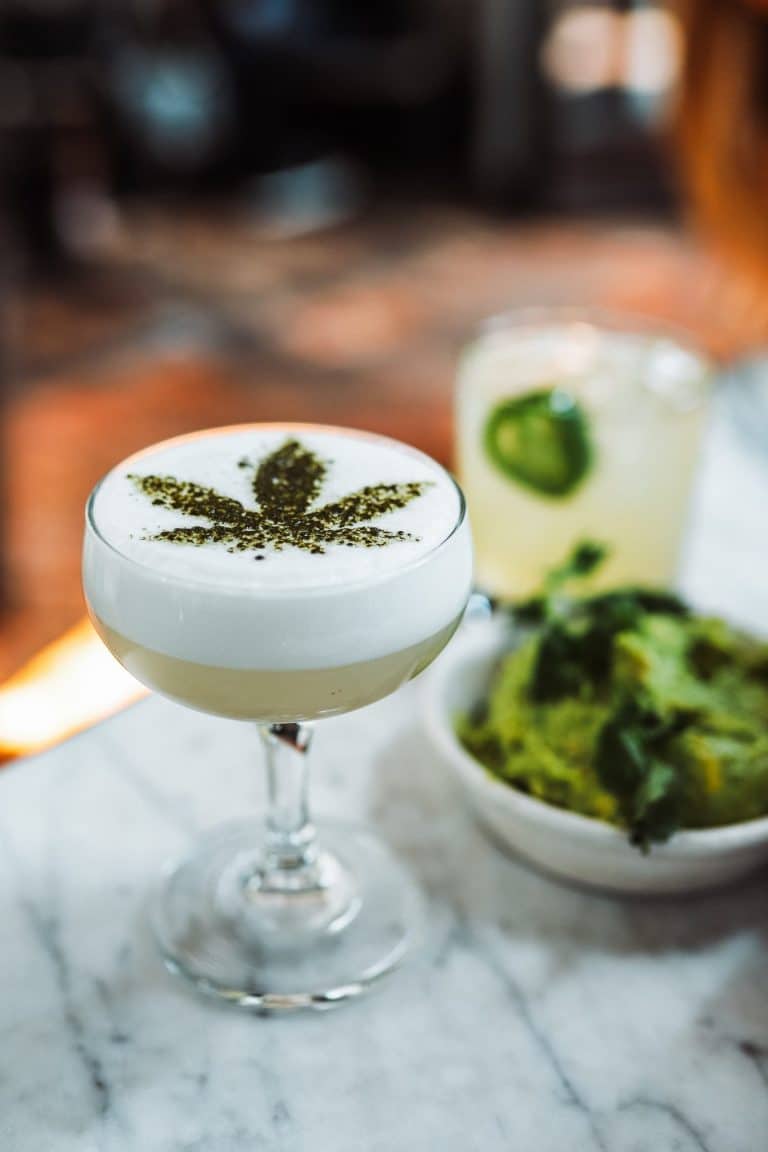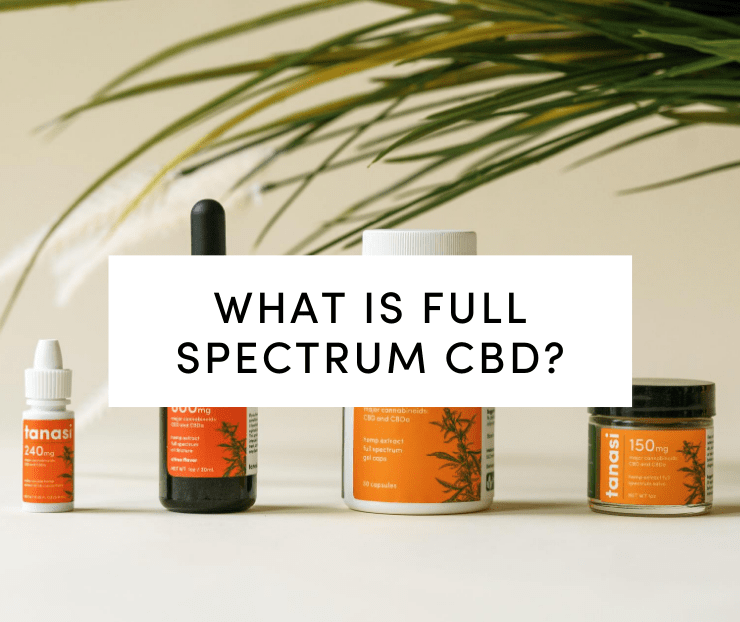The Different Types of CBD in All of Your Favorite Products

Posted on May 27th, 2021
The Internet is full of information on everything you would want to know about CBD. But there is so much of it and there are so many unique terms that wrapping your head around everything is kind of a challenge. One of the things that confuses a lot of people, mainly due to its extensive use in marketing of CBD products, is different types of CBD. In this blog post, we will cover different types of CBD and the differences between them. Before diving deep into it, let’s first take a look at some of the basics.
What Are Cannabinoids?
You may think that cannabinoids must only come from the cannabis plant. While this is not a farfetched assumption, it is not quite true. Your body produces them naturally as well. Almost all living beings have an endocannabinoid system (ECS), including human beings. This system is responsible for maintaining a variety of bodily functions. The ECS has certain receptors and chemical compounds can bond with them and affect various bodily functions. Cannabinoids are chemical compounds that are capable of bonding with the receptors in the ECS. The ones the human body produces are called endocannabinoids. In addition to naturally occurring cannabinoids, scientists can also synthetically make these compounds.
What is CBD?
CBD is short for cannabidiol. It is one of the many compounds present in cannabis sativa plants. If you are reading this article, you must already be aware of the many potential therapeutic properties of CBD. Here are some of the many popular properties of CBD.
Effects of CBD
One of the most popular, potential therapeutic effects of CBD is pain relief. In fact, its effectiveness as an alternative to opioids (which have now snowballed into their own addiction crisis) has also played a big role in its legalization. While there is a lot of anecdotal evidence regarding the effectiveness of CBD for pain relief, we still need more data to establish and prove its effects.
Furthermore, while CBD is praised for its pain relief properties, it also has a number of other uses. Of course, you should talk to your healthcare provider before you use any CBD product to make sure that it won’t interfere with any of the other medications you are taking.
Chronic pain – Many doctors prescribe opioids to chronic pain sufferers for relief from pain. However, opioids are habit-forming which means their continuous use leads to a very strong addiction. This is one reason CBD products have become so popular over the past few decades. They may provide pain relief and are not addictive, even after long term use.
Anxiety and depression – CBD may also be effective in providing relief from anxiety and depression symptoms. Scientists don’t know its exact mechanism of action but there is enough anecdotal evidence to suggest that it can be extremely useful in providing relief from anxiety.
Seizure Treatment – Epilepsy treatment is one of the most legitimate reasons people use CBD. The FDA has only approved one pharmaceutical drug using cannabidiol. It is a drug that has yielded great results treating epilepsy.
How Does CBD Work?
In order to understand how CBD works, you need to know about the endocannabinoid system in the human body. It is a complex biological system that was discovered in the 1990s. Nevertheless, more research is necessary to understand how it works and its various interactions. However, researchers know that it impacts many biological and physiological processes in the body including mood, pain, sleep, and appetite. This system comprises 3 major elements: endocannabinoids, enzymes, and receptors.
These receptors exist throughout the human body and endocannabinoids combine with these receptors and affect various bodily functions. Enzymes are responsible for breaking down endocannabinoids in the body. CBD interacts with the receptors CB1 and CB2 in the body. The CB1 receptors are primarily around the central nervous system. These receptors are responsible for appetite, pain, movement, coordination, mood, memory and other functions. Researchers believe that CB2 receptors are responsible for inflammation and pain, and these receptors are primarily in the peripheral nervous system.
Once the enzymes break down the cannabinoids, they bond with the receptors. The current belief is that CBD is not able to bind directly with these receptors but it does affect them. Their interaction is what is responsible for its many potential benefits.
 Different Types of CBD
Different Types of CBD
It would not be wrong to say that the variety of CBD products available in the market makes it a confusing mess for some people. However, there are some standard terms that help offer some clarification. There are three main distinctions between CBD products: full-spectrum, broad-spectrum, and isolate. Here is what you need to know about these 3 different types and what makes them different.
CBD Isolates
The cannabis sativa plant contains more than 400 different compounds. THC and CBD are the most prevalent compounds in this plant, but there are many other useful things such as terpenes. CBD isolate is the term for products that contain only CBD. These products do not contain any other part of the hemp plant. They are great for testing the effectiveness of different concentrations of CBD without worrying about the interference by other compounds in the product.
Broad-Spectrum CBD
If a CBD product mentions broad-spectrum on the label, it means that it has various cannabinoids and other compounds, but no THC. In short, you get to benefit from all the chemical compounds naturally present in the cannabis sativa plant except THC. Many think that combining cannabinoids and compounds provide an entourage effect that enhances the effectiveness. Broad spectrum products aim to provide this but also peace of mind for people worried about failing drug tests due to THC.
Full-Spectrum CBD
Full-spectrum products contain CBD as well as all the other chemical compounds in the plant. Terpenes, THC, as well as other naturally occurring fatty acids in the cannabis sativa plant are present. It is also called a whole plant extract. However, the proportion of THC in these products still needs to be below 0.3% to maintain their legality. Any product that contains more than 0.3% THC is not federally legal in the US. The biggest advantage of a full-spectrum CBD product is that you also benefit from the properties of the other chemical compounds. For instance, many terpenes from hemp plants have their own therapeutic benefits.
 Different Types of CBD Products
Different Types of CBD Products
Manufacturers make many kinds of products from the different types of CBD. Some of the products that are common in almost all the stores that sell CBD products include: oil, tinctures, gummies, capsules, vape pens, and topicals.
Each CBD product has different strengths and uses. For instance, CBD oil/tinctures are typically popular as a strong option for those with severe chronic pain, anxiety, or insomnia. Gummies and capsules are good for people who don’t like the taste of natural hemp extracts. These are also convenient to travel with and use discreetly. However, they have lower bioavailability than tinctures. For those who want constant and quick access to CBD’s benefits, vaping may be the method of choice. It has a very quick uptake and high bioavailability, if you’re willing to risk the potential dangers of inhaling substances that could be harmful over time. Topical products are great for improving skin issues and location-specific pain sites like joint pain.
Where Does CBD Come From?
All the federally legal CBD products available in the market come from industrial hemp plants. In fact, industrial hemp used to be one of the popular cash crops in the early part of the 20th century. Overenthusiastic government regulators banned it without fully understanding the therapeutic effects of CBD. Thankfully, hemp is now regaining its former popularity and glory. Technically, you could extract CBD products from marijuana plants as well. However, doing so would mean having too much THC in the product. This is perfectly fine in states like California and Colorado where recreational marijuana is legal. But in the majority of states, extracting CBD from marijuana plants is still illegal.
Marijuana and hemp are different plant species belonging to the same plant genus. There are a few differences in the appearance and chemical makeup of these plants. But the major difference is that marijuana plants contain a lot of THC whereas hemp plants are richer in CBD.
Will CBD Get You High?
CBD does not have the same psychoactive properties that cause the high feeling of THC. In short, it is not going to get you high regardless of the amount you take. However, some types of CBD products might contain trace amounts of THC. Therefore, if you want to ensure that the product does not contain any THC, choose either broad spectrum CBD or an isolate.






